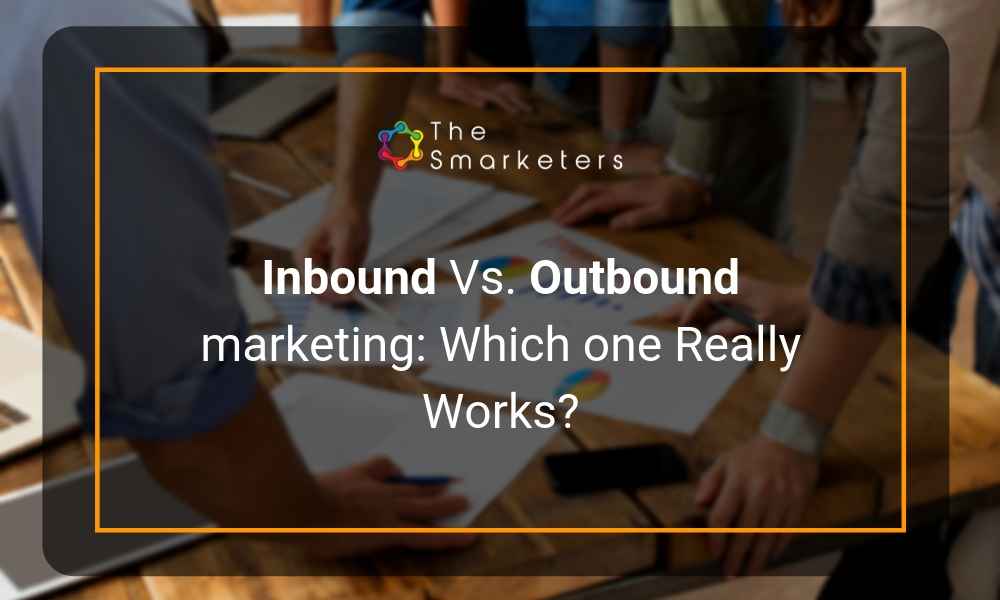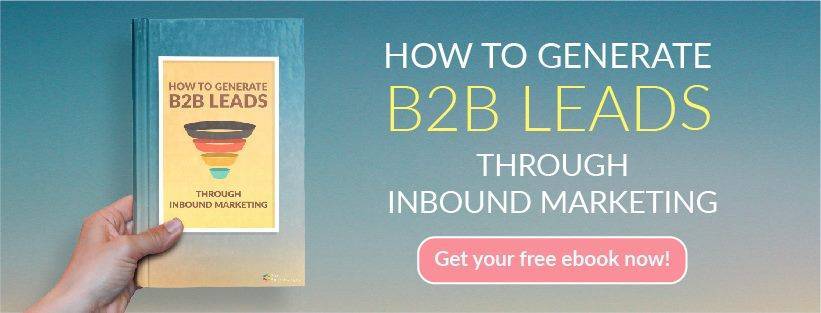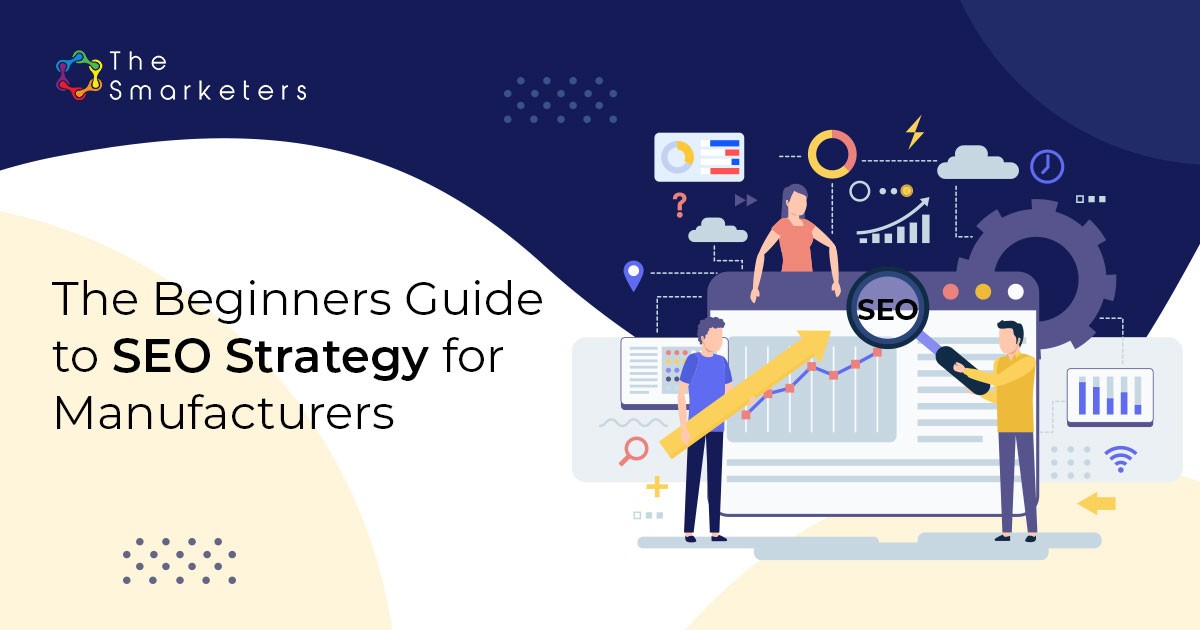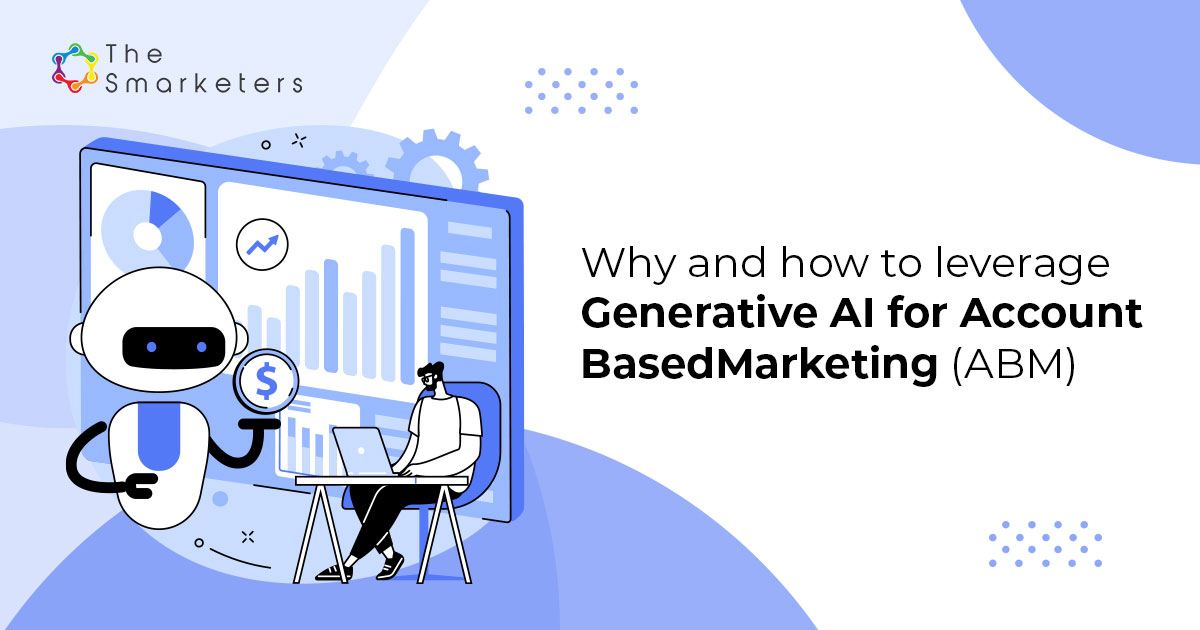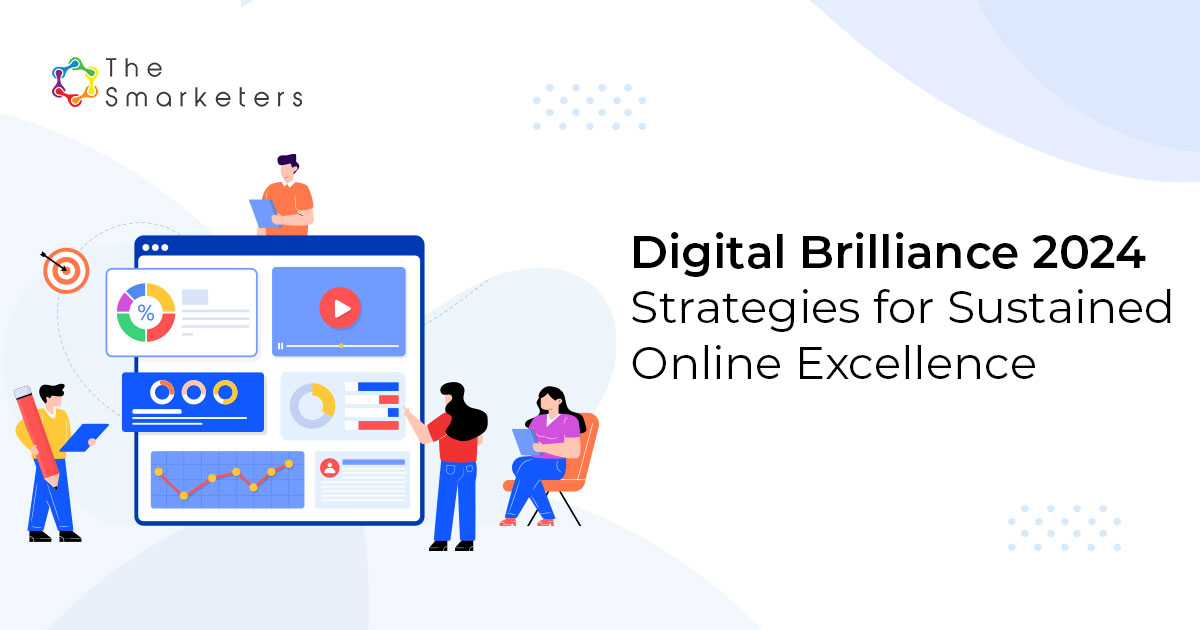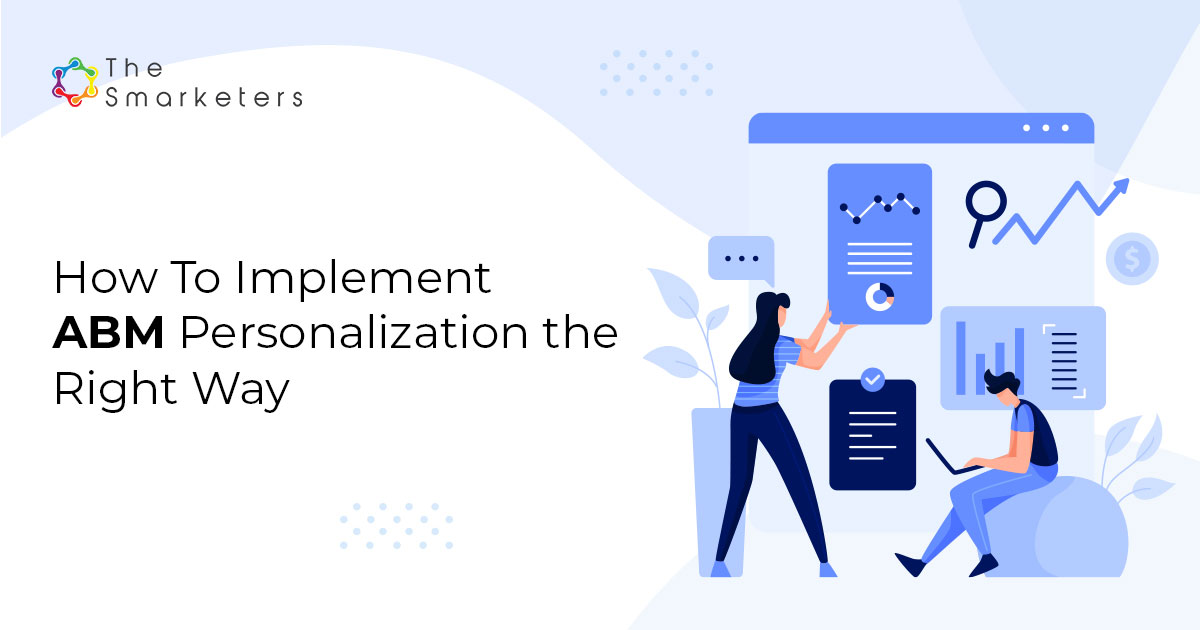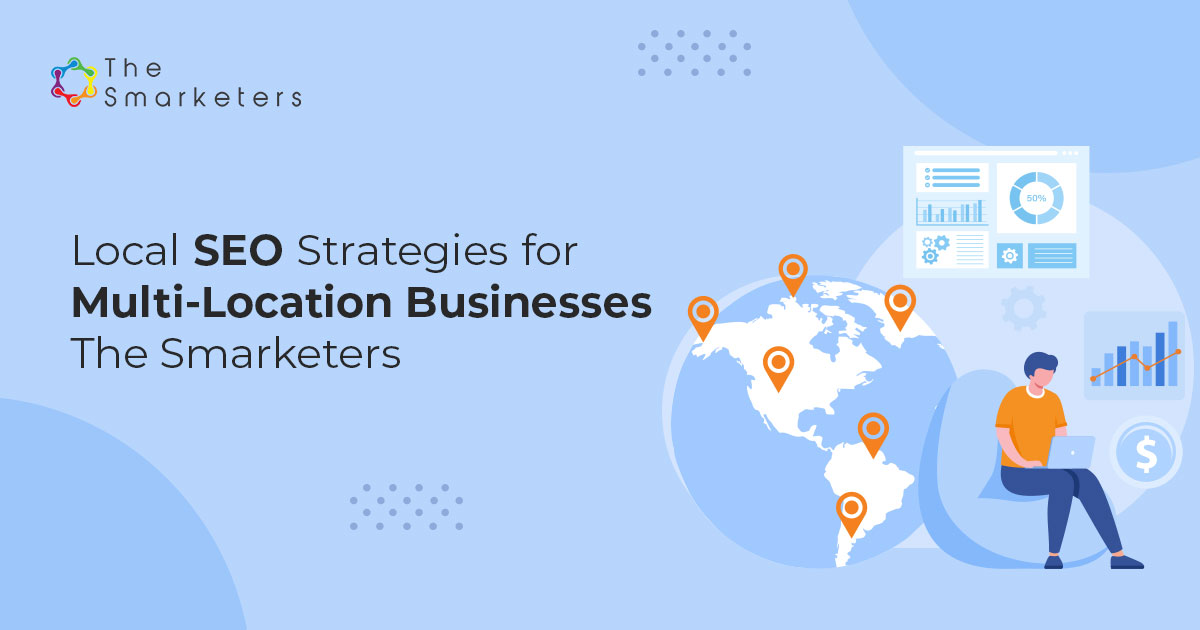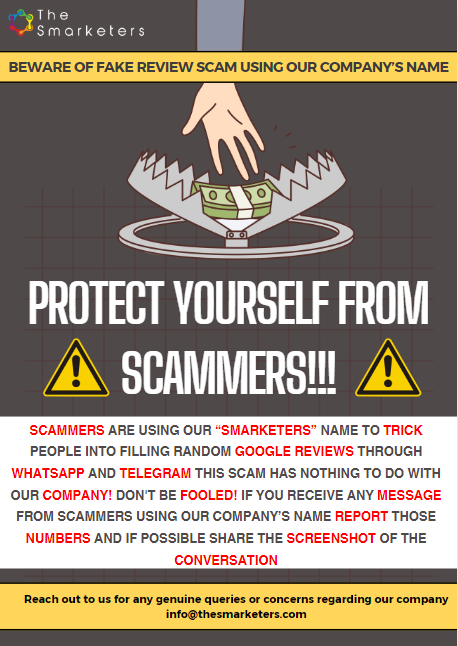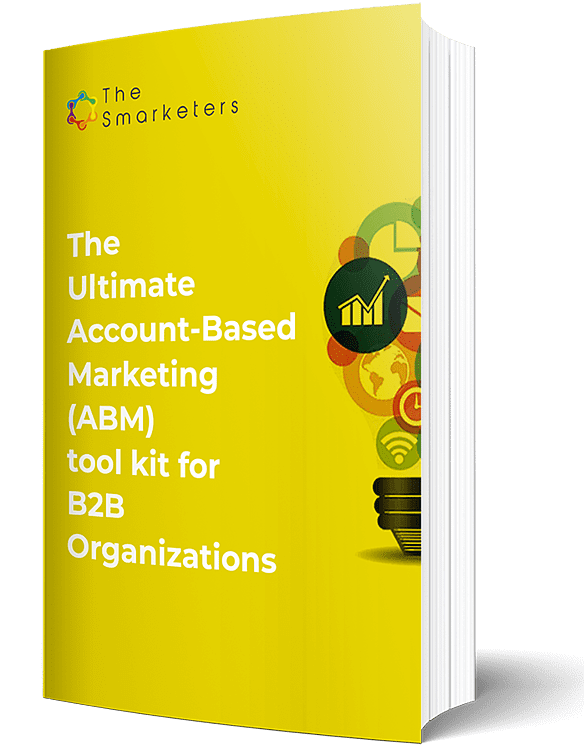Advertising plays a significant role in our daily lives, with almost every person exposed to many advertising messages daily. These messages come in various forms, such as TV ads, emails, newspapers, and digital ads across the internet. Given the fierce competition for consumers’ attention, it becomes crucial for businesses to devise an effective marketing strategy that can withstand this inundation.
Marketing strategy formulation often involves choosing between an inbound or outbound approach. Inbound vs. outbound marketing approaches have distinct methods to attract new leads and clients, resulting in significantly different conversion rates.
In this blog, we will delve into the characteristics and benefits of each approach and how it can aid your decision-making process.
Understanding Inbound Vs. Outbound Lead Generation
Before delving into a detailed comparison of differences between inbound and outbound marketing, let us first gain a brief understanding of these two strategies.
Inbound marketing and outbound marketing are distinct approaches to lead generation and sales. Inbound marketing attracts customers by creating valuable content that addresses their needs, building trust through information and solutions. On the other hand, outbound marketing involves proactive outreach through traditional advertising channels.
Choosing between the two approaches is crucial for business success, impacting customer attraction, brand visibility, and sales. Factors such as target audience, industry trends, resources, and budget play critical roles. Inbound marketing establishes thought leadership and nurtures leads, while outbound marketing generates immediate visibility. However, the latter may face challenges standing out among numerous consumer ads.
Let’s look at the pros and cons of inbound and outbound marketing.
Outbound Marketing
Outbound marketing (also termed traditional marketing) is interruptive.
Outbound tactics involve advertisers using mass media tools to disseminate their messages and products to the public. With few exceptions, most outbound marketing techniques are untargeted, exposing a broad and generalized audience to the marketing message.
Benefits of Outbound Marketing
Outbound marketing campaigns often prove more straightforward to optimize than inbound campaigns. Several advantages come with implementing an organized and automated outbound lead generation campaign:
- You can precisely target your desired audience and control their interaction with your message.
- This approach is direct market research since you directly engage with your target audience and obtain their firsthand reaction.
- It presents an effective method for branding your company or product. Offline advertising methods such as TV, banner campaigns, and social media sponsorship keep your name and brand visible, boosting brand awareness.
The Problems with Outbound Marketing
- Social media platforms have become a more effective and preferred source of information and entertainment than traditional channels.
- A significant portion of the audience tends to skip TV ads, mainly due to the availability of numerous online TV streaming services that facilitate fast-forwarding through them.
- Cold calling is considered an inefficient marketing method due to its comparatively higher cost per lead and low conversion rate.
Inbound Marketing
Inbound marketing operates on permission, where the messages are specifically tailored for a target audience that has previously provided consent for communication. The primary objective of inbound marketing is to capture the customer’s attention and build trust through the delivery of high-quality content, in turn fostering beneficial interactions between the audience and your company. By focusing on this approach, both parties can experience mutual benefits in their engagements.
Benefits of Inbound Marketing
In their endeavor to offer value to potential customers and establish enduring connections, inbound marketing agencies diligently cultivate long-lasting authority, foster trust, and earn respect in the marketplace. Consequently, Inbound Marketing is swiftly emerging as an indispensable component of business philosophy.
- Inbound marketing has been proven to be highly effective in lead generation, surpassing traditional marketing techniques by producing three times the number of leads per dollar spent.
Inbound vs Outbound Marketing: Which One Delivers Better Results?
Both inbound and outbound marketing strategies offer unique advantages depending on a business’s objectives and target audience. However, recent usage indicates that inbound marketing holds several notable advantages.
Leads generated through inbound marketing are cost-effective, with half the outbound lead generation cost. Moreover, brand awareness is a top priority for approximately one-third of marketers, and content marketing is widely regarded as the most productive tactic by nearly 30% of marketers globally.
Video marketing is a significant element of the inbound approach, asserting its dominance as the most widely embraced and effective media format. Short-form videos, typically lasting less than one minute, have proven highly engaging for viewers.
Social media plays a crucial role in inbound marketing. Companies are more likely to achieve their sales objectives using social sellers. Consumers also prefer learning about companies through articles rather than advertisements.
In the current dynamic marketing landscape, numerous businesses have achieved remarkable success by implementing a powerful combination of an exceptional inbound strategy and targeted outbound display advertising. By capitalizing on the expertise of their in-house marketing team and engaging the services of proficient inbound and outbound marketing agencies, these businesses have effectively generated impactful results.
Conclusion
When evaluating inbound vs. outbound marketing, it’s crucial to consider goals, target audience, and resources. Inbound marketing attracts customers through relevant content with cost-effective leads. Tactics include content creation, social media, and video marketing. It allows for personalized messaging and utilizes digital channels. Outbound marketing reaches consumers directly using non-digital content and personalized campaigns.
The choice depends on objectives, target audience, and resources. A combination of both may be beneficial.
If you are seeking assistance with your inbound marketing requirements, Smarketers is available to offer its expertise.
Smarketers caters to your inbound marketing needs, offering a comprehensive array of services and a personalized approach. Our tailored strategy encompasses a marketing audit, buyer persona analysis, and content creation to inform readers and establish credibility. We prioritize conversion optimization, effectively guiding prospects through the sales funnel with relevant content and lead nurturing. We help you attract the appropriate prospects, convert them into satisfied customers, and generate more leads for long-term success.
Contact us to learn more.

